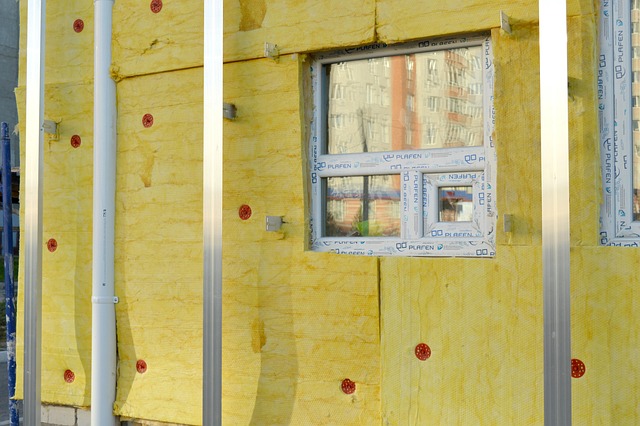The realm of sound has always been inextricably linked to technology. As we venture deeper into the 21st century, the terms associated with sound are evolving rapidly, reflecting the innovations that define our modern experience. One such innovation that is beginning to reshape the landscape of digital audio transmission is display technology. With our televisions, monitors, and other visual devices serving as the gateway to our digital worlds, the intersection of sound and vision presents an exciting frontier.
Imagine sitting in your living room, the latest blockbuster film unfolding on your stunning 4K TV. The picture is crisp, the colors vibrant. But what if the sound could be just as immersive, directly linked to the clarity and precision of your screen? This is the promise that lies within the next wave of digital audio transmission technology.
Traditional audio systems often rely on physical connections or standard wireless protocols, which can create barriers in achieving perfect sound quality. However, advancements in display technology are poised to transition us to a new era. What if your television could transmit audio through its display, effectively utilizing the very pixels that create visuals to deliver sound directly to your ears? This kind of innovation not only eliminates the clutter of cables but also optimizes sound delivery, ensuring that what you see is inherently connected to what you hear.
As we explore this concept, it’s clear that visualization plays a crucial role. Modern displays have already started to incorporate sophisticated built-in audio solutions that harness the kinetic energy from the screen itself. By using vibration technology, sound can emanate from the display without the need for external speakers, offering a seamless audio experience that is as dynamic as the visuals. Think of how a scene’s crescendo aligns perfectly with the movement of an explosion onscreen, enhancing emotional resonance and realism.
Moreover, with advancements in digital audio codecs alongside display technology, achieving higher quality audio transmission with lower latency becomes feasible. This is particularly vital for gaming and real-time applications where every millisecond counts. Monitors designed for such experiences can incorporate spatial audio systems that create a full soundscape, immersing you within the environment of the game or application.
Incorporating these high-tech audio features into everyday devices also has implications for accessibility. Imagine a world where those with hearing impairments can experience films in a new light, with visual cues complemented by tailored visual representations of sound frequencies. This thoughtful design can create a more inclusive digital experience, fostering a richer interaction with media.
As we stand on the brink of this revolution, one thing is abundantly clear: the future of digital audio transmission through display technology has the potential to act as a catalyst for change in how we experience sound. As the boundaries blur between audio and visual mediums, we can anticipate a symphony of innovation that will forever alter our perception of entertainment and communication.



